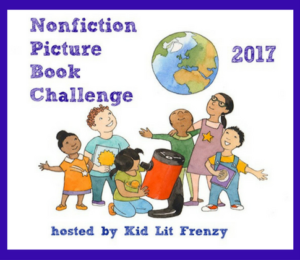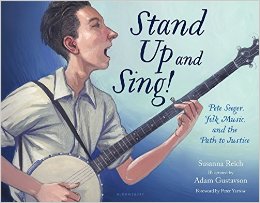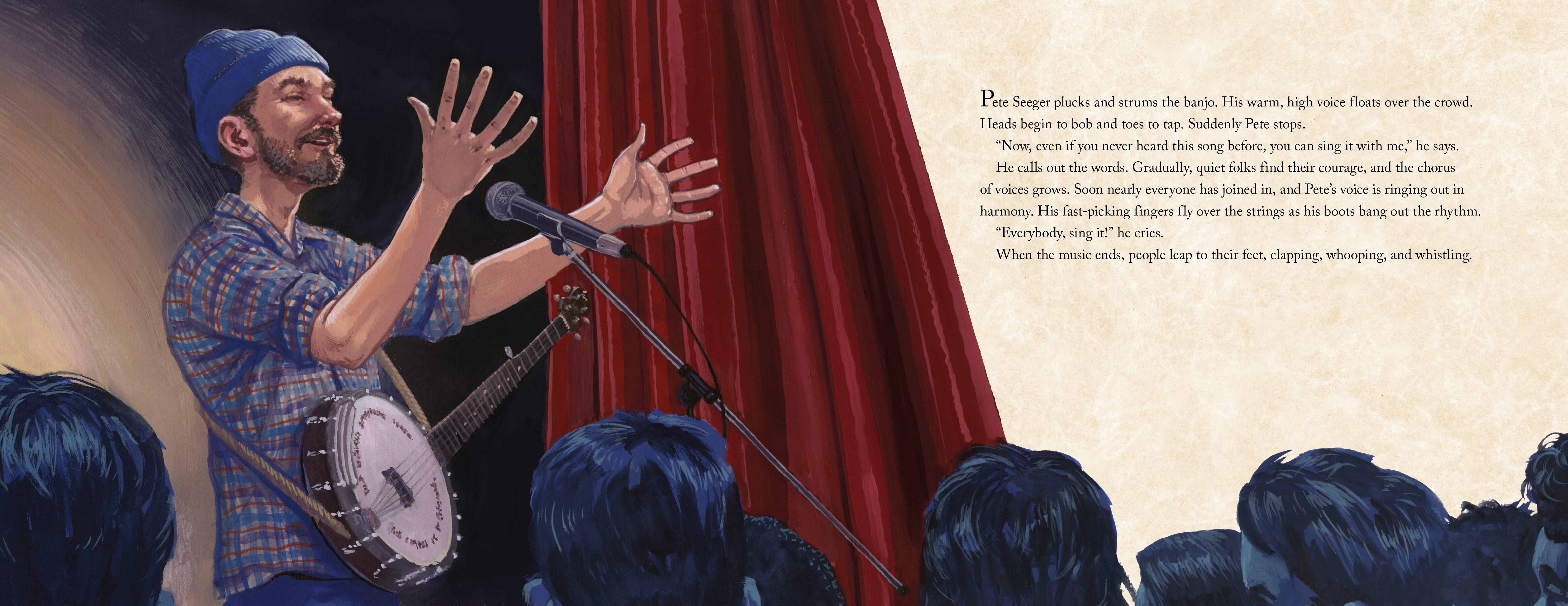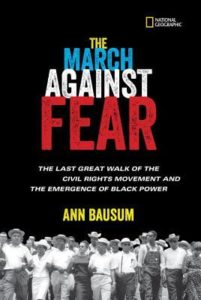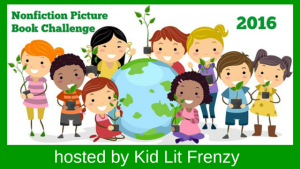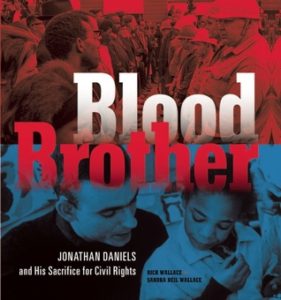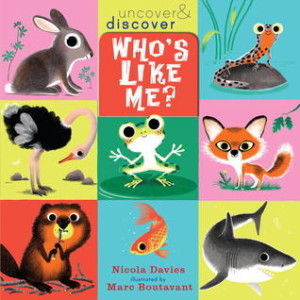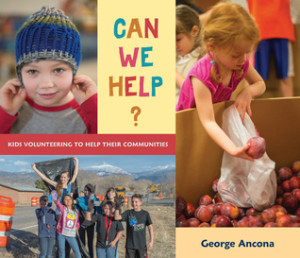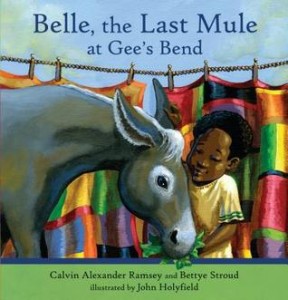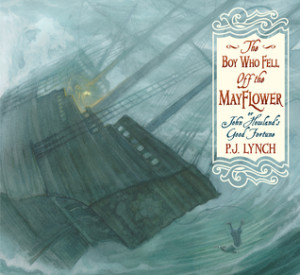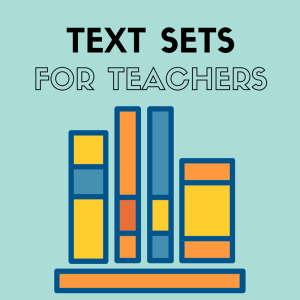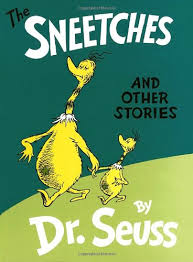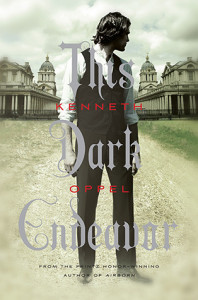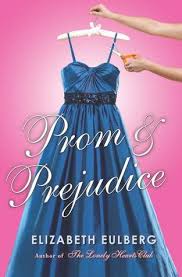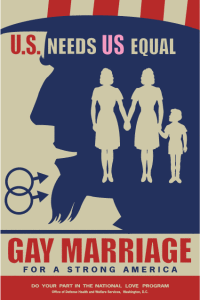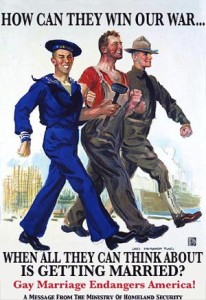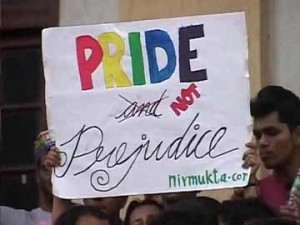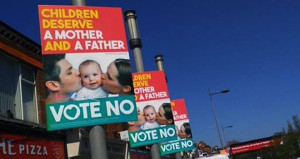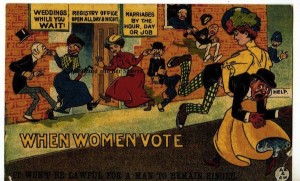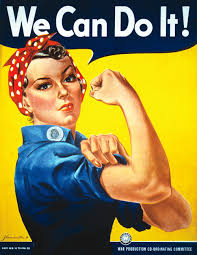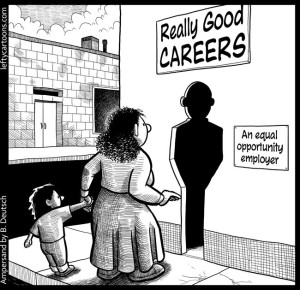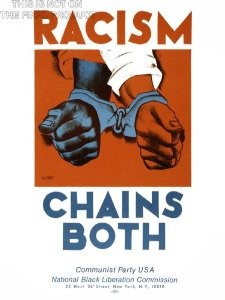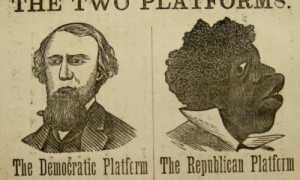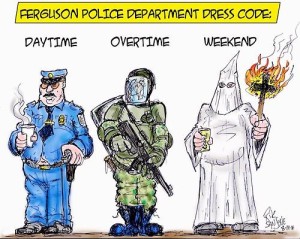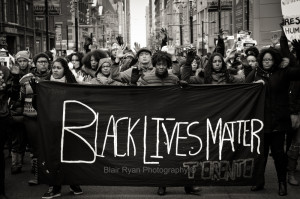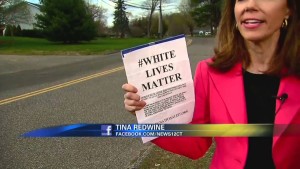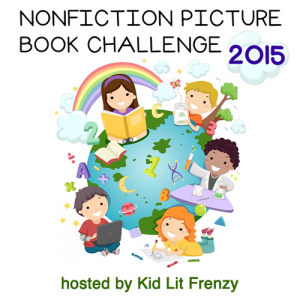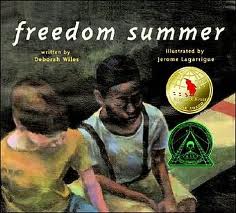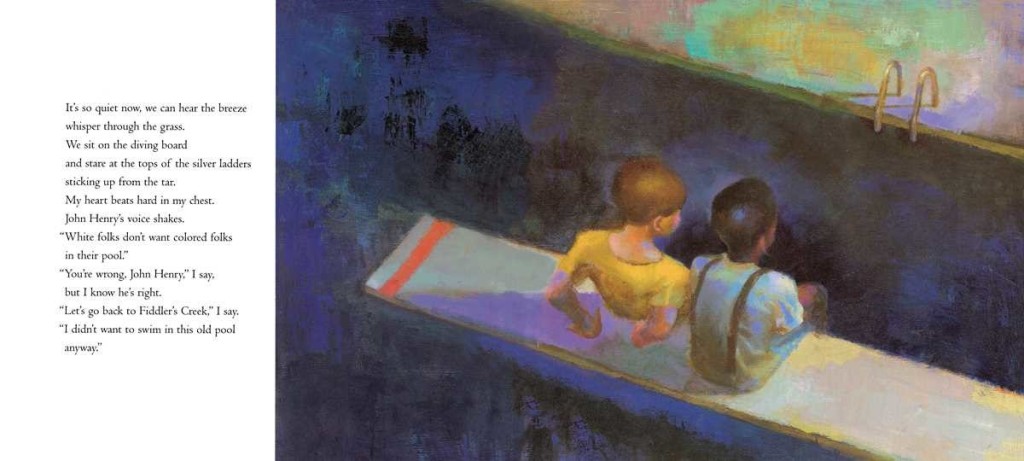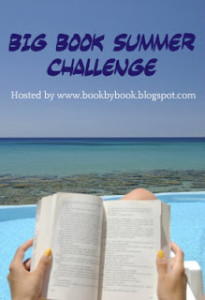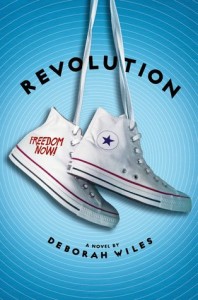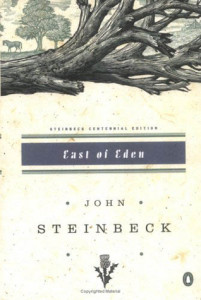Nonfiction Wednesday
Nonfiction Picture Book Wednesday is hosted by Kid Lit Frenzy and was started to help promote the reading of nonfiction texts. Most Wednesdays, we will be participating and will review a nonfiction text (though it may not always be a picture book).
Be sure to visit Kid Lit Frenzy and see what other nonfiction books are shared this week!
Stand Up and Sing!: Pete Seeger, Folk Music, and the Path to Justice
Author: Susanna Reich
Illustrator: Adam Gustavson
Foreword by Peter Yarrow
Published March 21st, 2017 by Bloomsbury USA Childrens
Summary: Inspired by the rhythms of American folk music, this moving account of Pete Seeger’s life celebrates his legacy, showing kids of every generation that no cause is too small and no obstacle too large if, together, you stand up and sing!
Pete Seeger was born with music in his bones. Coming of age during the Great Depression, Pete saw poverty and adversity that would forever shape his worldview, but it wasn’t until he received his first banjo that he found his way to change the world. It was plucking banjo strings and singing folk songs that showed Pete how music had the incredible power to bring people together.
Using this gift throughout his life, Pete encouraged others to rally behind causes that mattered–fighting for Civil Rights, ending the Vietnam War, or cleaning up the Hudson River. For Pete, no challenge was too great, and what started out as a love for music turned into a lifetime of activism and change. His greatest talent–and greatest passion–would become an unforgettable part of American history.
Praise:
“Gustavson’s mixed-media illustrations highlight Seeger’s modest upbringing and down-to-earth persona, pairing lushly illustrated scenes of him traveling and performing with rough, loose sketches . . . An intimate look at a pivotal American figure.” – Publisher’s Weekly
“The ‘We Shall Overcome’ songwriter’s legacy spans decades, and this will surely help a new generation understand his fervor and still-relevant message.” – Booklist
“Gustavson’s realistic art supports the admiring tone. . . . A solid introduction.” – School Library Journal
Review: I grew up with parents who loved Bob Dylan, Janis Joplin, Jimi Hendrix, The Beatles, Van Morrison, and Neil Young, so I have definitely heard of Pete Seeger. I knew that he was influenced by Woody Guthrie just as Bob Dylan was (I once wrote a paper about Walt Whitman being the origin of American folk music because of his influence on Woody Guthrie). But I did not have any idea of Seeger’s influence on the social issues that I learned about in this picture book. Though Reich is clear in her Author’s Note that the picture book bio is just a snippit of his life, what she does cover shows me what an impact Seeger had in so many different social issues throughout his life. This story gave me hope. It showed me that music and people who care can definitely make a difference. That someone like Pete Seeger, someone of privilege, can join forces with the oppressed and fight against injustice. That music and poetry and words can make a difference.
Teachers’ Tools for Navigation: Pete Seeger’s story intertwines with many parts of history that are taught. It would be interesting to read Pete’s story when studying the 60s and see how he was influential throughout the different social issues in the 60s. I think it would also be fascinating to listen to Pete’s music while reading the book and discussing how the poetry that he turned into music reflected the feelings of those fighting oppression during this time.
Discussion Questions: How did Pete use music to unite people fighting for a cause?; How is Pete’s use of folk music like Martin Luther King Jr.’s use of speeches and words to fight?; Why did Pete not enjoy fame?
Flagged Passages: “In 1955 Pete was called into court by some congressmen who didn’t think he was a loyal American. Pete refused to answer their questions in the way they wanted. The threat of prison would hang over his head for the next seven years.
Meanwhile the civil rights movement was picking up steam. On a trip to Tennessee in 1957, Pete introduced Dr. Martin Luther King Jr. to the song ‘We Shall Overcome.’
‘That song really sticks with you, doesn’t it?’ Dr. King said.
‘We Shall Overcome’ spread throughout the country. In churches and community halls, at civil rights gatherings and protest marches, people stood arm in arm, their voices forming a bond of home and determination.”
“We Shall Overcome” by Pete Seeger
Read This If You Love: Martin’s Big Words by Doreen Rappaport, When Bob Met Woody by Gary Golio, Blood Brothers by Rich Wallace and Sandra Neil Wallace, The March Against Fear by Ann Bausum, Boycott Blues by Andrea Davis Pinkey
Recommended For:
